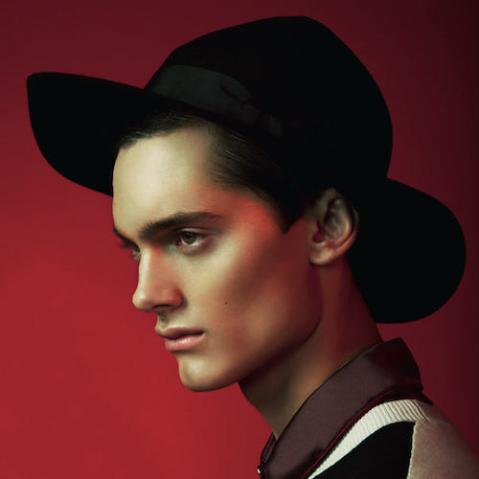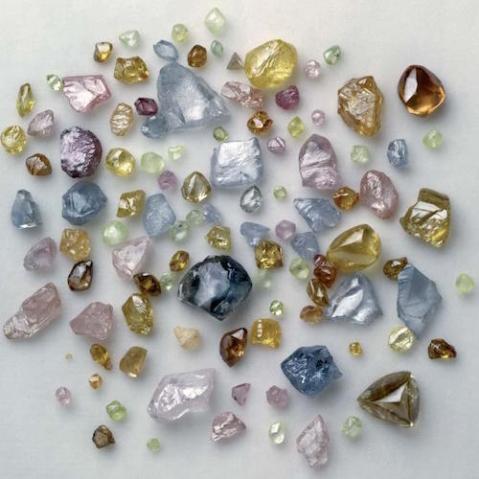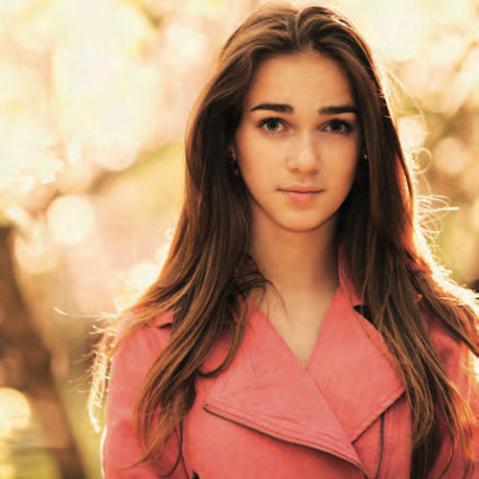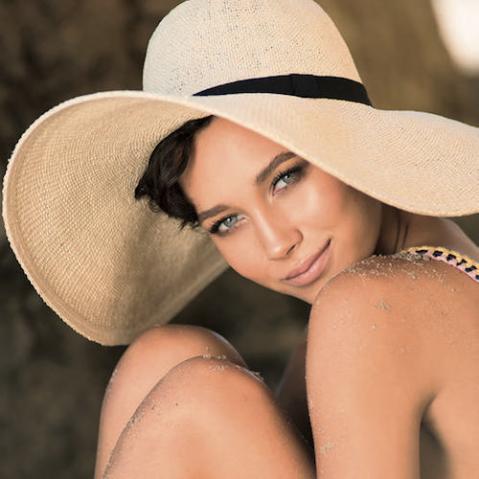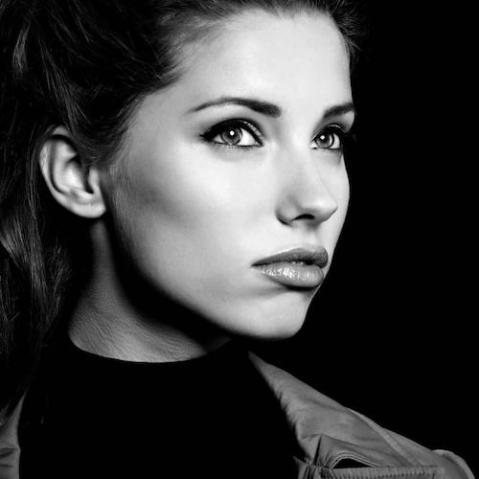Classic lighting set-ups: what they look like and why they work
It is often said of art that in order to break rules competently you have to understand them first. That’s particularly true of photography. When you decide to ignore or break a rule, you have to do it with a purpose and understand why you’re doing it at all. The classic styles of lighting exist for a reason. They have arisen from creative people studying the way that light interacts with objects over the years and working out how to get the best from their subjects. That’s why you can learn much about our work as photographers by studying some of the old masters of painting, drawing, and sculpture, as well as those of our own craft.

It is a good idea, then, to experiment and play around with light to learn more about it. Try experimenting with light on the axis of the nose, light off to one side, on the same level as the face, or above. Shown here are a variety of different lighting styles to get you started. Think of them as a foundation for your own development.
Short lighting
In this style the position of the subject relative to the light source is absolutely critical. In the example image, you can see in the model’s eyes roughly where the light source is. It’s lit by a flash to camera about 45° to the right of the photographer. The light and shade define the shape of the face. The placing of the nose’s shadow has to be done carefully so that it shows that the face is three-dimensional, but doesn’t cut back into the cheek. Taking the picture from the shadow side can make a round face look slimmer and show that this two-dimensional representation is actually a living, breathing three-dimensional subject.

Broad lighting
The converse of short lighting is broad lighting. In this image you can see that the model’s face appears a little fuller than in reality because the side that is presented to the camera is fully lit, and the shadows that define the form of her face are on the far side. This is useful for very thin faces and is also better suited to male subjects.

Beauty lighting
Even if you’ve never shot ‘beauty lighting’, you’ll recognise it instantly. It’s a great magazine favourite, used to flatter the subject by minimising pores and imperfections. But, it can feel a little soul-less and not reveal much by way of character. It can also make a face appear fuller than it really is.

It’s produced by moving the light source directly in front of the subject to give very flat and even lighting. Sometimes, it will be created using two flashes: one high and one low, so that the face is washed in light and no shadows are formed.
Paramount/Hollywood lighting
Hollywood or Paramount lighting is a variation on the beauty lighting theme. By moving the light a little higher than the subject, it creates more depth in the image. The light is still on the same axis as the nose, but angled down to create shadows under the cheekbones and a small triangle under the nose. This technique is called Paramount or Hollywood lighting as it is a classic light pattern for movies as well as stills.

Split lighting
Split lighting is a style that can be used to great effect for adding drama and intrigue to an image. It is a very masculine form of lighting and can reveal “ruggedness” in complexion or beard growth as the light crosses the face. However it can also be used with female subjects to produce dramatic portraits, too.

Learn more about light and lighting techniques using just one flash in John Denton and Adam Duckworth’s One Light Flash. The external flash unit is one of the most versatile, but probably under-used tools an amateur photographer has. With dedicated sections covering equipment, indoor and outdoor lighting, post production, and case studies that cover in depth lighting situations for different genres such as wedding, fashion, lifestyle, and boudoir, One Light Flash aims to show you how the first flash you buy may be the last you ever need.
[one_whole boxed=”true”]
 One Light Flash, by John Denton and Adam Duckworth
One Light Flash, by John Denton and Adam Duckworth
£7.99 Download the PDF now!
This PDF version retains the styling of the original print book.
RRP for print edition: £17.99
[button color=”Accent-Color” size=”small” url=”https://www.ilexinstant.com/product/one-light-flash/” text=”Digital Edition”] [button color=”Accent-Color” size=”small” url=”http://www.amazon.co.uk/dp/1907579303/ref=as_sl_pc_tf_lc?tag=ilexpresscom-21&camp=1406&creative=6394&linkCode=as1&creativeASIN=1907579303&adid=09VRW4NZNQS66Z0ZG44T&&ref-refURL=http%3A%2F%2Fwww.ilexinstant.com%2Fproduct%2Fone-light-flash%2F” text=”Amazon UK (Print)”]
[button color=”Accent-Color” size=”small” url=”http://www.amazon.com/One-Light-Flash-Professional-Quality-Photography/dp/1454703474/ref=as_sl_pc_qf_sp_asin_til?tag=ilexinst-20&linkCode=w00&linkId=&creativeASIN=1454703474″ text=”Amazon USA (Print)”]
[/one_whole]

